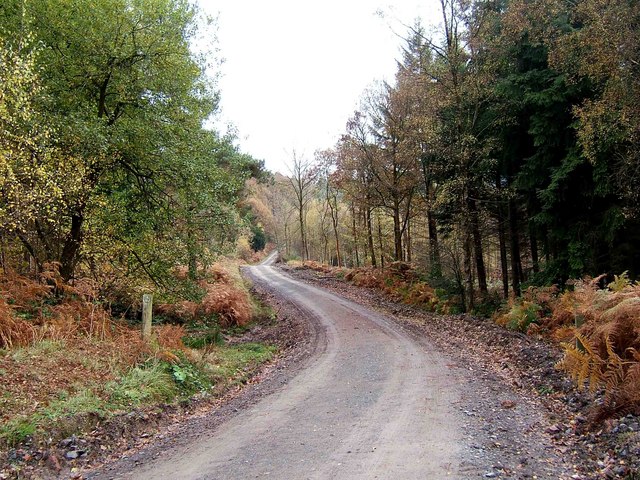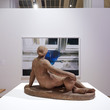 Richard Lutz reviews the charred wreckage of another week.
Richard Lutz reviews the charred wreckage of another week.
I sling my hook, throw it in the back of the old Ford Cortina (which includes a cassette tape sound system and a rear view mirror) and head out of town. The breath of fresh, if not cold, air convinces me I am out of the city and into what many call ‘the countryside’.
And it is off to Wyre Forest which sits quietly and happily above Bewdley. Its ten square miles of ancient woodlands are split down the middle east to west by the fine old dismantled Tenbury Line rail track that follows the bubbling Dowle River as it tumbles into the sweep of the Severn.
The forest had been used for growing coppice wood to make charcoal. This fed nearby iron forges in the early days of the Industrial Revolution. The woods have been managed carefully and though the forges are historical footnotes, the woods remain, mostly hardwood. Big oaks stand guard. In the winter silence there is an eerie quiet settling on this tilted, hilly frozen ground.
You can walk, get lost, enjoy the absence of city noise in the Wyre Forest. Paul, a friend who successfully can walk as slowly as I can, gives notice to head for a cafe on the south rim of the woods. He has heard rumours of its magnificent sausage sandwiches. And he is right.
We take a lumber track back to the main old forgotten Tenbury Line, which shoots like a straight arrow to..nowhere. Absolutely nowhere. It just stops. Its tracks have long been uprooted and the land given over to acreage for sheep and cattle and brambles. Around us are the rippled hardwood hills, the little valleys that used to be home to long gone fruit orchards tended by Quakers. Today, roaring tributaries of the little Dowle rumble throug the valley due to winter flooding..
 I shake off ‘the country’ by heading back to Birmingham. It is the final days of an intriguing exhibition where an artist has borrowed Art Council statues and placed them, unrelated, in front of Art Council paintings.
I shake off ‘the country’ by heading back to Birmingham. It is the final days of an intriguing exhibition where an artist has borrowed Art Council statues and placed them, unrelated, in front of Art Council paintings.
That is his aim – to have figures looking at unconnected wall hangings. The Degas and the Henry Moores and the Jacob Epsteins are all over the joint. I fail to totally recognise this interaction that the figures are peering at the paintings until it is baldy and simply pointed out to me in monsyllabic words- like a child being told that people work in tall buildings or that apples are sweet. Oh, I see, I initially comprehensively missed the whole point of this show. Errr..yes.
On the way home I head for a vegetarian Indian cafe that sells the best samosas in town. I order two dozen for a big family function. They are all freshly cooked (the food, not the family), smell magnificent and are placed, still warm in a bag. The owner of Jyoti’s Cafe (oops, I’ve mentioned the name, gosh) is busy telling each local patron that he is organising a get together for an old friend.
“Everyone must show up,” he implores each departing customer. Good to see a local cafe ensuring a city community stays vibrant, alive to its residents, looking to its neighbours and friends.


